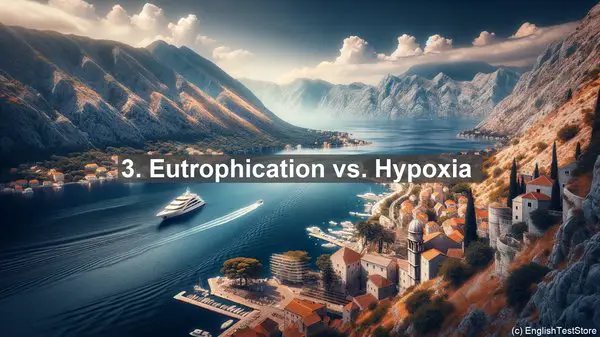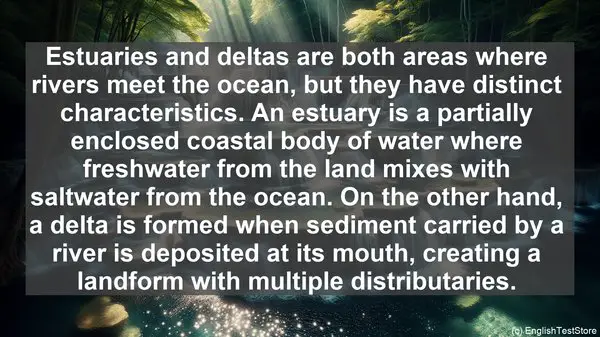Introduction
Welcome to today’s lesson on biological oceanography. In this lesson, we’ll be discussing the top 10 commonly confused words in this field. Let’s dive in!
1. Phytoplankton vs. Zooplankton
Phytoplankton and zooplankton are two vital components of marine ecosystems. While phytoplankton are microscopic, plant-like organisms that perform photosynthesis, zooplankton are small, animal-like organisms that feed on phytoplankton. Understanding the distinction between these two is crucial for comprehending the food web dynamics in the ocean.

2. Benthic vs. Pelagic
When we talk about the ocean, we often refer to the benthic and pelagic zones. The benthic zone includes the ocean floor, while the pelagic zone refers to the open water column. Organisms living in the benthic zone, such as sea stars and corals, have adapted to a different set of conditions compared to those in the pelagic zone, like fish and whales.
3. Eutrophication vs. Hypoxia
Eutrophication and hypoxia are two interconnected phenomena. Eutrophication occurs when excessive nutrients, like nitrogen and phosphorus, enter a water body, leading to an overgrowth of algae. As these algae die and decompose, the process consumes oxygen, resulting in hypoxia, or low oxygen levels. This can have detrimental effects on marine life.
4. Estuary vs. Delta
Estuaries and deltas are both areas where rivers meet the ocean, but they have distinct characteristics. An estuary is a partially enclosed coastal body of water where freshwater from the land mixes with saltwater from the ocean. On the other hand, a delta is formed when sediment carried by a river is deposited at its mouth, creating a landform with multiple distributaries.
5. Upwelling vs. Downwelling
Upwelling and downwelling are vertical movements of water in the ocean. Upwelling occurs when cold, nutrient-rich water from the deep rises to the surface. This nutrient influx supports the growth of phytoplankton, making upwelling zones highly productive. In contrast, downwelling is the sinking of surface water, often associated with areas of low productivity.
6. Nekton vs. Plankton
Nekton and plankton are two categories of organisms based on their ability to move. Nektonic organisms, like fish, turtles, and dolphins, are strong swimmers and can actively navigate through the water. Planktonic organisms, as we discussed earlier, are mostly drifters, relying on ocean currents for their movement.
7. Tides vs. Waves
Tides and waves are both related to the movement of water, but they have different causes. Tides are primarily influenced by the gravitational pull of the moon and the sun, resulting in the periodic rise and fall of sea levels. Waves, on the other hand, are typically generated by wind, and their motion is more localized, occurring mainly at the ocean’s surface.
8. Neritic vs. Oceanic
The neritic and oceanic zones are distinguished by their proximity to the coast. The neritic zone extends from the shoreline to the edge of the continental shelf, while the oceanic zone encompasses the vast, deep areas beyond the shelf. The distribution of organisms, as well as the physical and chemical properties, can vary significantly between these two zones.
9. Salinity vs. Density
Salinity and density are key properties of seawater. Salinity refers to the concentration of dissolved salts, primarily sodium chloride, in the water. Density, on the other hand, is a measure of how compact or dense the water is. Salinity can influence density, with higher salinity generally leading to increased density. These factors play a crucial role in ocean circulation patterns.

10. Coral Reef vs. Kelp Forest
Coral reefs and kelp forests are two distinct marine habitats. Coral reefs are formed by the accumulation of calcium carbonate skeletons secreted by corals. They are often referred to as the ‘rainforests of the sea’ due to their high biodiversity. Kelp forests, on the other hand, are dominated by large, brown algae known as kelp. They provide essential habitat and food sources for many marine organisms.
